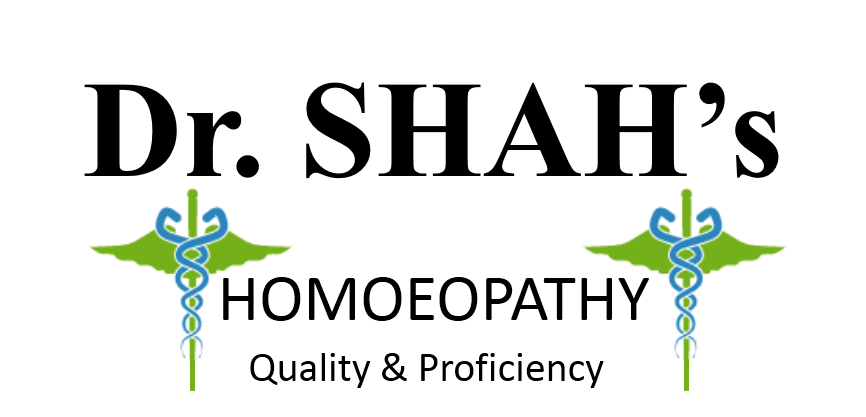Nipah Virus (NiV) Outbreak In India Claims 13 Lives
Nipah Virus infection outbreak,which is fast spreading and has fatality rate 0f 50-70%, has gripped Kerala (Kozhikode) in fear of wider epidemic.
Already 13 people are reported dead till now, of which 3 of them were from same family.
What Is Nipah Virus Infection?
- Nipah Virus Infection is Viral Zoonosis that means infectious diseases that can be transmitted transmitted to Humans from Animals.
- Nipah virus was first found in Pteropid Fruit Bats of Pteropodidae family.
- Nipah virus is a RNA virus of Paramyxoviridae family of Order Mononegavirales and belongs to Genus- Henipavirus of species Nipah and virus name Nipah Virus (Niv).
- In Humans Mortality Rate is very high , as per statistics of past outbreaks, almost 50-70% of patient infected will die.
- The first documented outbreak of Nipah Virus Infection in human was in 1998 in Malaysia leaving 100 dead at that time.
- Till date less than 600 cases of human infection of NiV are reported globally of which almost 60% had died.
Causes Of Nipah Virus Infection
- Direct Contact with infected Humans or Animals, especially Fruit Bats and Pigs.
- Half eaten fruits by Fruit Bats.
- Contact with Fruit Bat droppings.
- Contact with body secretion of infected Humans or Animals.
Signs and Symptoms of Nipah Virus Infection
Nipah Virus Infection in humans is very fast progressing fatal condition.
Incubation period of Nipah virus is 3-14 days during this period the first symptom starts to appear.
It presents itself in very initial phase as
- Fever
- Headache
- Many cases presents breathing difficulty and other respiratory complaints these patients are more contagious compared to those who do not show respiratory complaints.
- Few cases may have Pain in Abdomen, Nausea and vomitting.
Followed by symptoms of Central Nervous System (CNS) involvement, Encephalitis.
- Drowsiness
- Disorientation
- Mental Confussion
- In some cases blurred vision
- And soon within 24-48 hrs of initial first symptom patient goes into Comma.
Diagnosis of Nipah Virus Infection
In case of an Epidemic or High Risk Group, it should be suspected in patients showing signs of illness and soon diagnosis should be established using Real Time Polymerase Chain Reaction (RT-PCR) of the sample taken from Throat Swab or Cerebrospinal Fluid, which directly detects virus proteins.
Viral RNA can be isolated from the saliva of infected person.
IgG and IgM antibody detection is possible only if the patient has survived the NiV Infection as most of the patients succumb to death even before this antibody appears in blood so its done in those patients who have survived and are on recovery phase and had not done RT-PCR for diagnosis, so just for confirming NiV Infection in those patients this antibody IgG and IgM tests are done.
And in those who have died and are suspected of death from NiV Infection, on those dead bodies, an Immunohistochemistry of tissue collected during autopsy is done this helps to get exact numbers of death due to disease and establish the scale of epidemic.
Treatment of Nipah Virus Infection
In Allopathy there are no medicines available against Nepah Virus and the treatment is based usually only on supportive measures.
In homoeopathy there are medicines available which are indicated in Nipah Virus Infection diesase condition.
Homoeopathic Medicines for Nipah Virus Infection
Very fast acting acute remedies, with profound effect on Central Nervous System and Respiratory system, needs to be selected for treating patients with nepah virus infection.
The best Homoeopathic remedies that are indicated as per Genus Epidemicus in Nipah Virus Infection Outbreak are
Notice :- Under mentioned Homoeopathic Medicines should be taken only under guidance and observation of qualified and registered homoeopathic practitioner.
- Aconitum Napellus or Belladonna are suited best in initial stage initial 12-24 hrs of onset of first symptom when patient shows initial signs of illness that is fever and headache, this medicines can oslo be started in doubted cases without any side effects. (Note: Indian Homoeopathic Medical Association IHMA- Kerala based on its study report has proposed BELLADONNA to be probable PREVENTIVE HOMEOPATHIC MEDICINE FOR NIPAH VIRUS INFECTION in humans)
- Gelsemium Sempervirens is best indicated when symptoms of central Central nervous system have developed like Dullness, Diziness, Drowziness, Disorientation, Blurring of vision tremors and trembling.
- Nyctanthes Arbortristis in Homoeopathic Mother Tincture from is indicated in general.
- Plumbum Metallicum or Ipecacuana is indicated in patient who shows symptoms of pain in abdomen, nausea, vomitting.
- Aspidosperma Quebracho or Blatta Orientalis or Arsenicum Album are indicated homoeopathic remedies in patients showing symptoms of respiratory tract involvement with breathlessness and choking sensation.
- Stramonium or Baptisia or Zincum Metallicum are best suited in later stages qhen patient is in delerium or comatose state.
Along with these homoeopathic medicines it is necesarry to isolate patient under hospital admission medical observation with proper supportive and symptomatic treatment.
Prevention of Nipah Virus Infection
- Isolate infected persons.
- Avoid travelling to affected regions.
- Make sure food and drinks might not have been contaminated by bats.
- Avoid eating raw fruits.
- Do not eat fruits seems to be damaged by Fruit Bats.
- Stay away from Bat and other animal droppings.
- Do not drink Taddy brewed in open containers near palm trees.
- Avoid Meat and Animal Products in the region of outbreak.
- Maintain proper cleanliness and self hygiene especially sanitary hygiene.
- Wear N95 mask when at public places if you are working, staying or travelling in region of outbreak.
- Avoid travelling to regions having fruit bats, especially caves and under those trees where bats resides.
- Avoid contact with pigs and pig handlers.
Post Your Comments Below
Also Read
https://atomictherapy.org/nipah-virus-homeopathy-controversy/
http://atomictherapy.org/h7n4/
